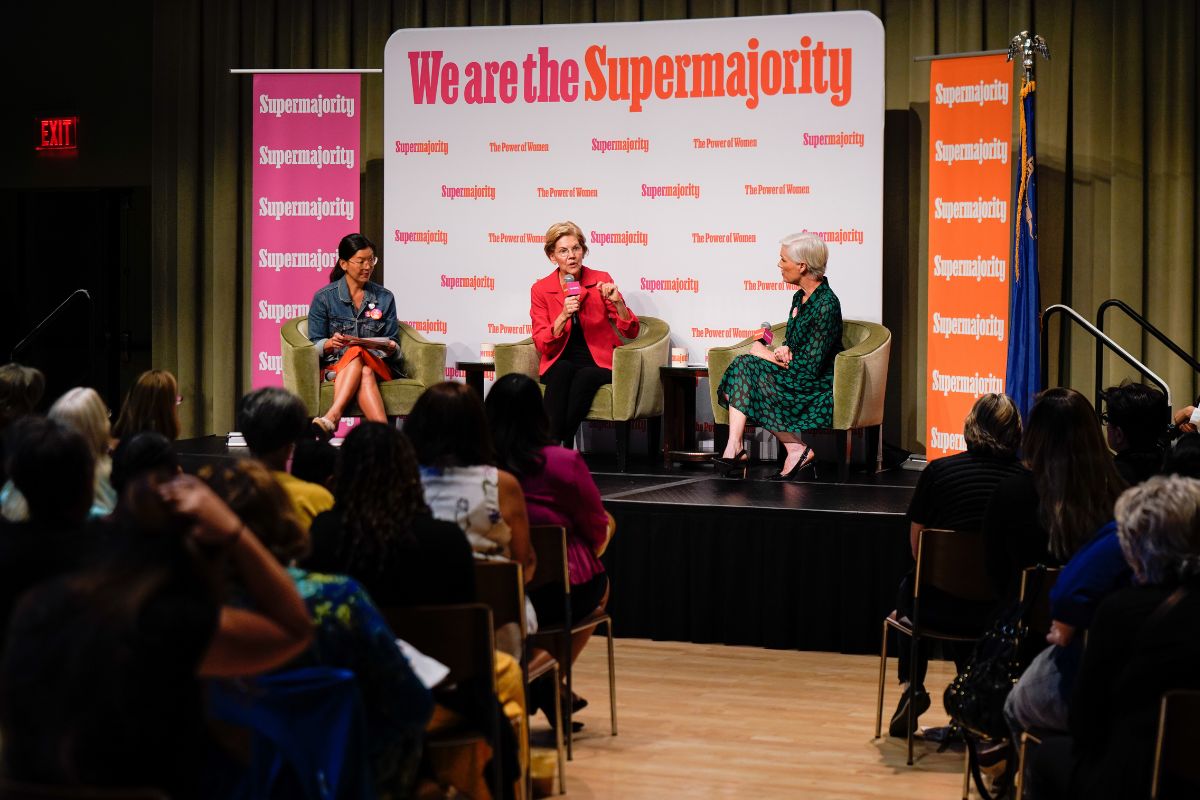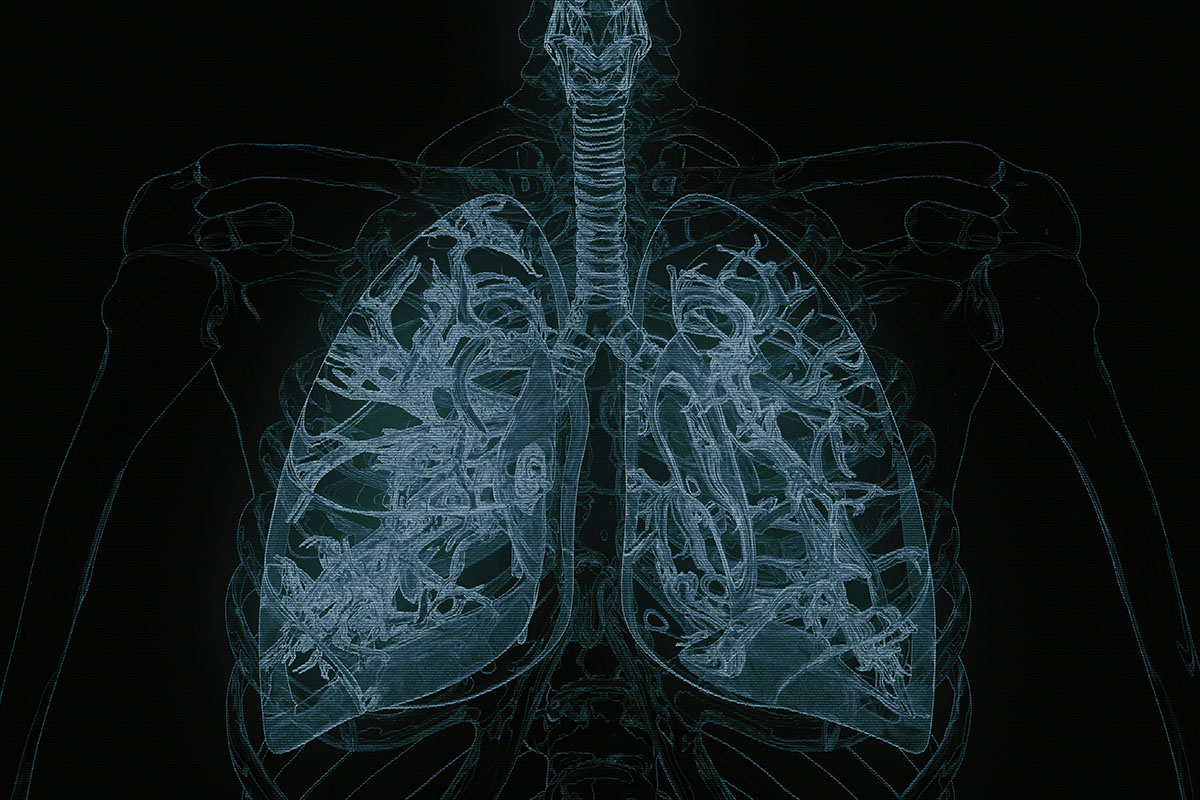
November 22, 2013; Bergen Record
Although the Affordable Care Act was the law last year, without expanded Medicaid and subsidized private insurance, the number of poor people in need of charity care from nonprofit hospitals was hardly diminished. Throughout New Jersey, hospitals found themselves treating more poor patients than in the year before, as measured by the amount of charity care they delivered—that is, most New Jersey hospitals, but not the Bergen Regional Medical Center. Bergen Regional delivered $6.2 million less in charity care in 2012 than in 2011.
Overall, charity care in the state was generally flat in 2012, but down 3 percent from 2010. Charity care has been codified in New Jersey since 1993, when a system of partial reimbursement for hospitals’ charity care was established. The state’s charity care formula regarding income levels (other than asset limitations) is briefly as follows:
“New Jersey residents with incomes below 301 percent of the federal poverty level who do not qualify for Medicaid or any other insurance are eligible to receive charity care services for both inpatient and outpatient care at any of the state’s acute care hospitals. Families with incomes up to 200 percent of the federal poverty level will receive free care, whereas families between 200-300 percent of the federal poverty level will be responsible for a portion of their hospital bill.”
Sign up for our free newsletters
Subscribe to NPQ's newsletters to have our top stories delivered directly to your inbox.
By signing up, you agree to our privacy policy and terms of use, and to receive messages from NPQ and our partners.
Factors explaining higher or lower charity care levels, such as different Medicaid billing levels, local poverty and unemployment factors, and details about the hospitals own definitions of their charitable missions, make comparative measurement of charity care delivery among hospitals somewhat imprecise, but New Jersey’s year-to-year tabulations allow for analyses of trends.
The highest level of charity care was reportedly delivered by St. Joseph’s Regional Medical Center in Paterson at $82.9 million, followed by University Hospital in Newark with $69.3 million and Jersey City Medical Center at $46.5 million. While St. Joseph’s charity care increased by more than $8 million between 2011 and 2012, University Hospital’s charity care levels were much higher in 2011 ($82.5 million) and 2010 ($98.0 million), and even the Jersey City Medical Center’s charity care declined by more than $8 million between 2011 and 2012. At $32.8 million, Bergen Regional ranked seventh among New Jersey hospitals by their amount of charity care, but dropped $6.2 million—19 percent in one year.
Neither Bergen Regional County executives nor the director of the Bergen County Improvement Authority that oversees the hospital commented to the Record to explain the hospital’s precipitous charity care decline. The Record reported that Bergen Regional’s charity care decline was the state’s largest. Tracy Zur, the county freeholders’ liaison to the hospital, said that “This [decline] substantiates what we’ve been hearing—that they aren’t meeting their responsibility, and this is unacceptable,” given Bergen Regional’s role as the county’s safety-net hospital.
While the advent of the Affordable Care Act and New Jersey’s expansion of Medicaid coverage to persons with incomes as high as 138 percent of the federal poverty level should reduce the pressure on nonprofit hospitals for charity care, it will not alleviate them of thinking through and improving their healthcare delivery to the poor. But that doesn’t explain how, with rising healthcare costs, the continuing problems of unemployment and underemployment in New Jersey, and the large immigrant population in northern New Jersey, the demand for charity care from Bergen Regional might have declined.
Somehow, with healthcare needs on the rise for poor people, the declining charity care responses of safety net hospitals like Bergen Regional, Jersey City Medical, and University Hospital are difficult to understand.—Rick Cohen











